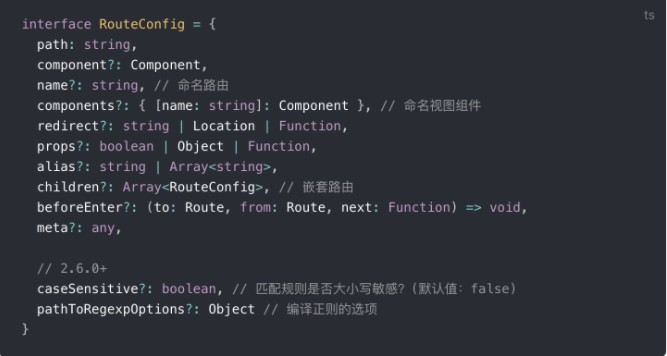vue create 專案名稱 新增專案
Props(父 => 子)
父畫面
<ProductCard :product="product"/> :子畫面接收的名稱 = "父畫面的名稱"
子畫面
props: { 子畫面接受父畫面傳過來的值
product: { 傳過來值的型態
type: Object, 預設值
default: () => {}
}
}
watch: { 當父畫面變動時子畫面值也跟著變動
product() { 用 watch 來監聽變化
this.aProduct = { ...this.product }; props 的值 使用方式跟 data 一樣
}
}
Emit(子 => 父)
父畫面
<ProductCard @addCart="addCart" /> @子畫面傳遞的名稱 = "父畫面接收的名稱"
子畫面
this.$emit('addCart', this.id); 子畫面觸發事件到父畫面 (事件名稱,參數)
Promise
new Promise((resolve ,reject) => 創建 Promise 實體
… Promise 會等事情做完
resolve(‘1’) 回傳 resolve >> success
reject(‘2’) 回傳 reject >> fail
);
Emit 搭配 Promise
父畫面
名稱(resolve){ 觸發事件做完後
… 將 resolve 回傳 Promise
resolve(' ')
}
子畫面
new Promise(resolve=> this.$emit(名稱, resolve));
創建 Promise 實體 讓 emit 將resolve 傳到父畫面
Async Await
await this.editProduct(api); 可以等待有異步的方法
this.$emit('getProducts', resolve)); 不能使用在 emit 因為是單向將資料傳遞給父畫面
router
router-view 顯示畫面的地方
router-view name ="名稱" 用 name 區別畫面
router-link to = "/home" 模擬 a href
router-link :to="{ name: 'introduce' }" 動態模擬 a href
this.$router.push('/introduce'); 轉至該網址
this.$router.push({ name: 'Introduce' }); 使用物件方式轉至該網址
this.$router.replace('/introduce'); 跟 push 一樣 但不會有紀錄
this.$router.back(); 上一頁
this.$router.forward(); 下一頁
this.$router.go(n); n = 1 下一頁 n = -1 上一頁
new VueRouter({ name 命名路由
routes: [ path 網址路徑
{ component 使用單一元件
name: 'introduce', components 使用多個元件
path: '/introduce', *default 沒有使用 name 的 routerView
component: Introduce, name = child 使用 Child1元件
components: { *children 的路徑前面不能加 /
default: Introduce, redirect 導向該網址 通常搭配 path: " * "
child: Child1
},
children: [
{
path: 'child1',
component: Child1,
}
],
redirect: '/products'
]
})

routes 所有屬性
導航守衛
router.beforeEach((to, from, next) => { to 要導向的頁面
if ( to.meta.requiresAuth) from 原本的頁面
… next() 允許至導向的頁面
else meta 中有 requiresAuth 需要驗證
next();
})
用在某些頁面需要管理層瀏覽 , 經過驗證通過才能瀏覽
{
path: 'products', 在路由中放置 meta 這行就可以驗證
name: 'Products',
component: Products,
meta: { requiresAuth: true }
}
